The Inland Northwest state of Idaho lies like a great wedge between the Pacific coastal states of Washington and Oregon, the mountainous state of Montana, the boreal forests of British Colombia, and the vast deserts and mountain ranges of Nevada and Utah. Habitats and terrain vary widely across the state, from low elevation shadscale deserts to alpine mountain summits. With such a great diversity of habitats, it’s not surprising that nearly 400 species of birds have been recorded in Idaho.
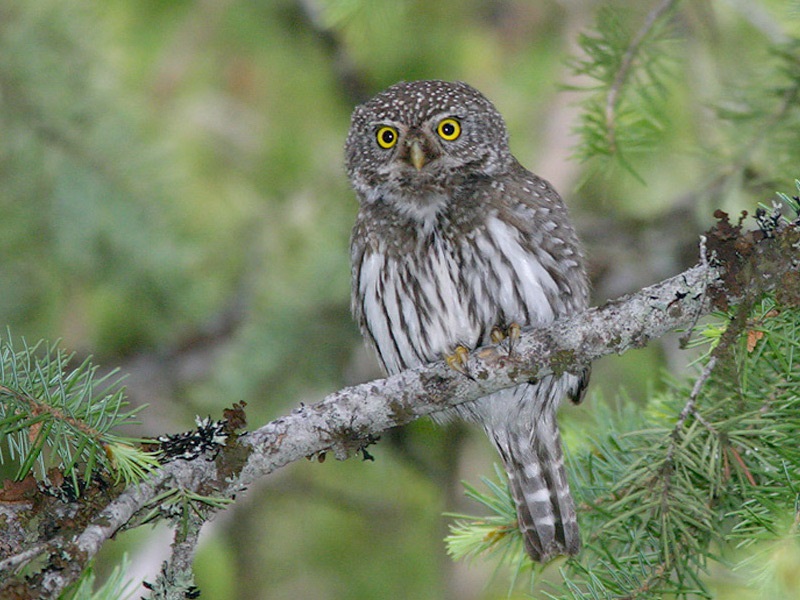
An excellent cross-section of common to rare western US birds can be observed in Idaho from spring to late fall. A birding trip to northern and central Idaho’s coniferous forest and mountain valley habitats can produce wish-birds such as Harlequin Duck, Spruce and Blue Grouse, Flammulated, Northern Pygmy, Great Gray and Boreal Owls, Black and Vaux’s Swifts, Calliope and Rufous Hummingbirds, Red-naped and Williamson’s Sapsuckers, White-headed, Three-toed and Black-backed Woodpeckers, American Dipper, Townsend’s Solitaire, Pine Grosbeak, both crossbills, and many others.
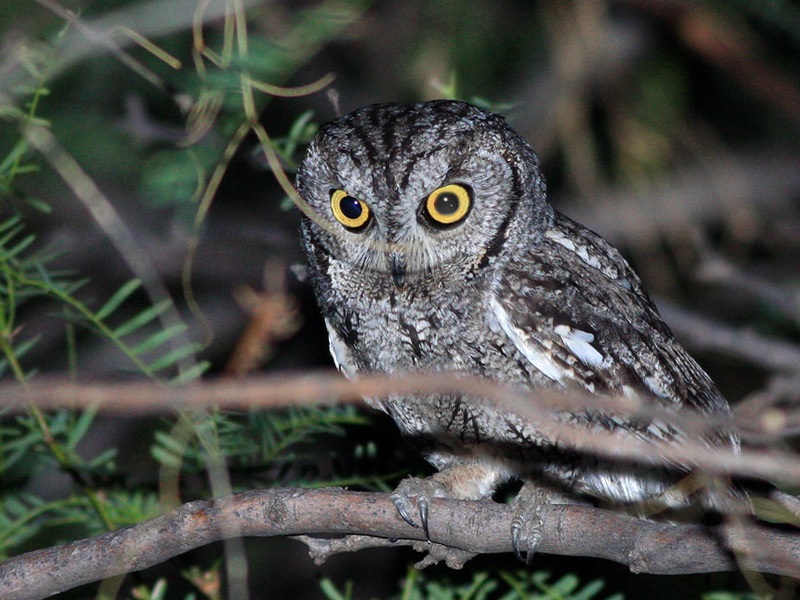
The state widens to the south, spreading across sagebrush deserts and scenic basalt cliffs on the Snake River Plain. Although much of southern Idaho is cultivated, large portions of the native sagebrush grasslands still exist. These sagebrush-covered plains, foothills, and canyons are home to birds such as Swainson’s and Ferruginous Hawks, Golden Eagle, Prairie Falcon, Gray Partridge, Chukar, Greater Sage Grouse, Burrowing Owl, White-throated Swift, Gray Flycatcher, Say’s Phoebe, Loggerhead Shrike, Rock & Canyon Wrens, Sage Thrasher, Black-headed Grosbeak, Lazuli Bunting, Brewer’s, Vesper, Lark, Black-throated and Sage Sparrows, Lark Bunting, and Bullock’s Oriole. The Snake River Birds of Prey National Conservation Area, renowned for hosting the densest concentration of breeding raptors in North America, is also one of the best locations in Idaho for observing sagebrush-related birds.
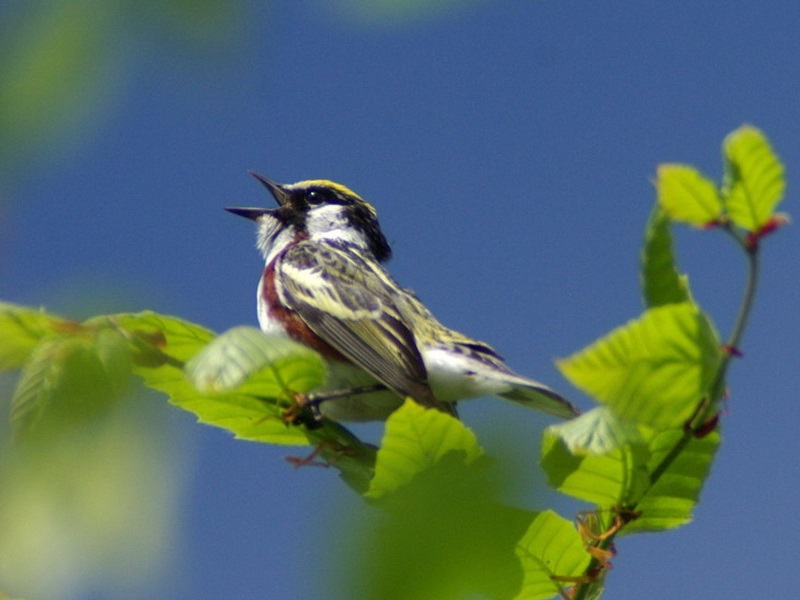
Idaho’s agricultural areas and sagebrush plains give way to juniper foothills and mountains in the south, and these areas support Common Poorwill, Broad-tailed Hummingbird, Gray and Ash-throated Flycatcher, Plumbeous Vireo, Western Scrub and Pinyon Jays, Juniper Titmouse, Bushtit, Blue-gray Gnatcatcher, Virginia’s & Black-throated Gray Warblers, Green-tailed Towhee, and Scott’s Oriole.
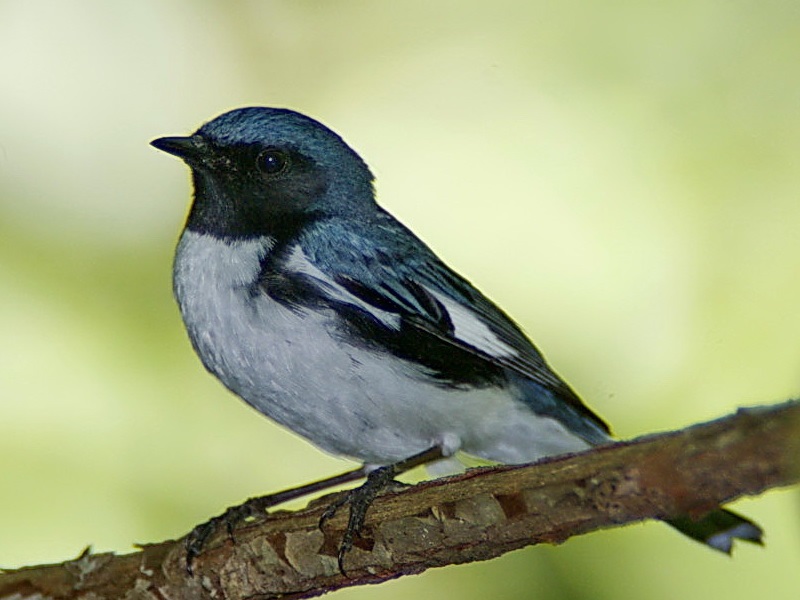
Interspersed among the farmlands and rangelands of southern Idaho are several large reservoirs and man-made wetlands, some of which host colonial breeding bird populations and provide resting areas for migrating waterfowl and shorebirds. Among these are Eared, Western and Clark’s Grebes, Great, Snowy and Cattle Egrets, White-faced Ibis, Snow and Ross’s Geese, Cinnamon Teal, Black-necked Stilt, American Avocet, Wilson’s Phalarope, Franklin’s Gull, Forster’s Tern, Marsh Wren, Common Yellowthroat, and Yellow-headed Blackbird. American Falls Reservoir, Camas National Wildlife Refuge, and Market Lake Wildlife Management Area in eastern Idaho are undeniably the state’s best hotspots for water-related birds. In addition, these places frequently produce exciting rarities.
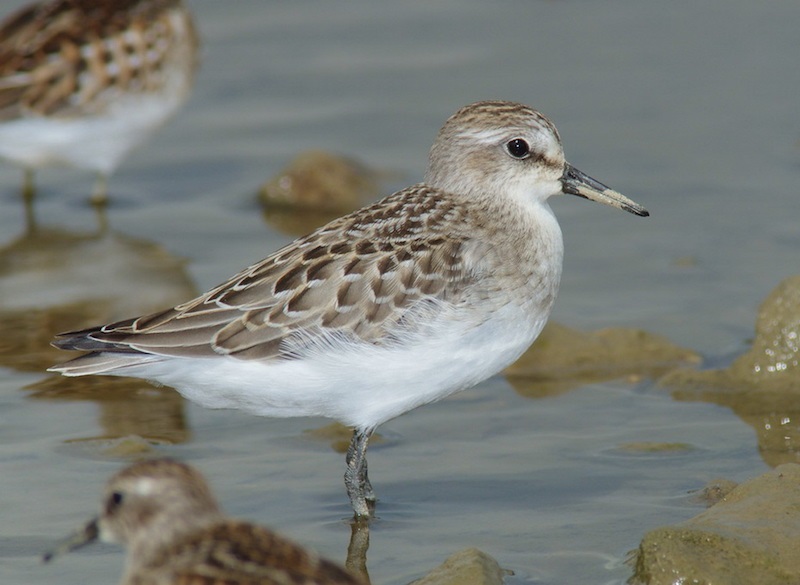
One of the best bird-watching sites in the state is at Lucky Peak in the Boise Foothills. Lucky Peak serves as an important bird migration corridor, and since 1994 the Idaho Bird Observatory has conducted avian research there. September hawk-watching features Sharp-shinned, Cooper’s and Red-tailed Hawks, American Kestrel, Merlin, and others, with Northern Goshawk, Broad-winged hawk, and Peregrine Falcon occasionally seen.
A wide variety of non-raptors may also be seen there in fall as well, including Blue Grouse, Dusky & Hammond’s Flycatchers, Cassin’s Vireo, both kinglets, Townsend’s Solitaire, many warbler species, Western Tanager, Spotted Towhee, Chipping and White-crowned Sparrows.
Major Source: Fatbirder
Map Source: Googlemaps™
Photo Source: © Birding Ecotours
